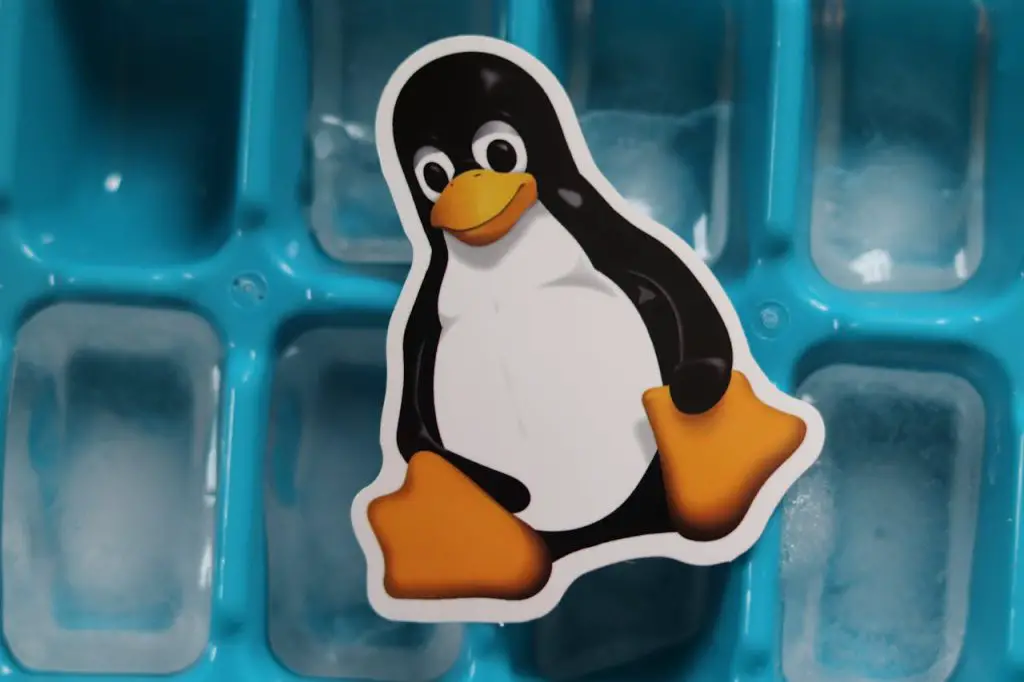
The Linux 6.16 merge window has marked a significant milestone in the ongoing integration of Rust into the system’s architecture. This week, several key abstractions were incorporated into the kernel’s main codebase, further solidifying Rust’s role in systems programming.
Foremost among the advancements is the enhancement of the DRM graphics stack. Developers now have access to robust Rust interfaces for interacting with display devices, file descriptors, ioctl calls, and GEM-based video memory management. This paves the way for the development of safer graphics drivers without compromising performance.
Another notable leap was made in the realm of memory management. As part of updates to the MM subsystem, foundational structures such as mm_struct, vm_area_struct, and mmap have been supported. These additions now allow Rust components to interact fully with virtual address space mechanisms and RAM page management.
Simultaneously, the kernel’s driver tree has seen the introduction of wrappers for PCI devices and preliminary bindings for the internal API. This lays the groundwork for writing fully functional drivers in Rust—drivers that are not only effective but also inherently more resistant to the common pitfalls of C.
In addition, various segments of Linux 6.16 now include Rust-authored components. While these modules remain modest in size, their collective presence affirms the trajectory of Rust’s evolution: the language is maturing into an integral part of the ecosystem rather than remaining a niche experiment.
Amidst these developments, it is increasingly evident that Rust is shedding its auxiliary status. It is carving out a stable presence within core layers of the operating system, enhancing both the reliability and legibility of code in one of the world’s most complex software environments.


